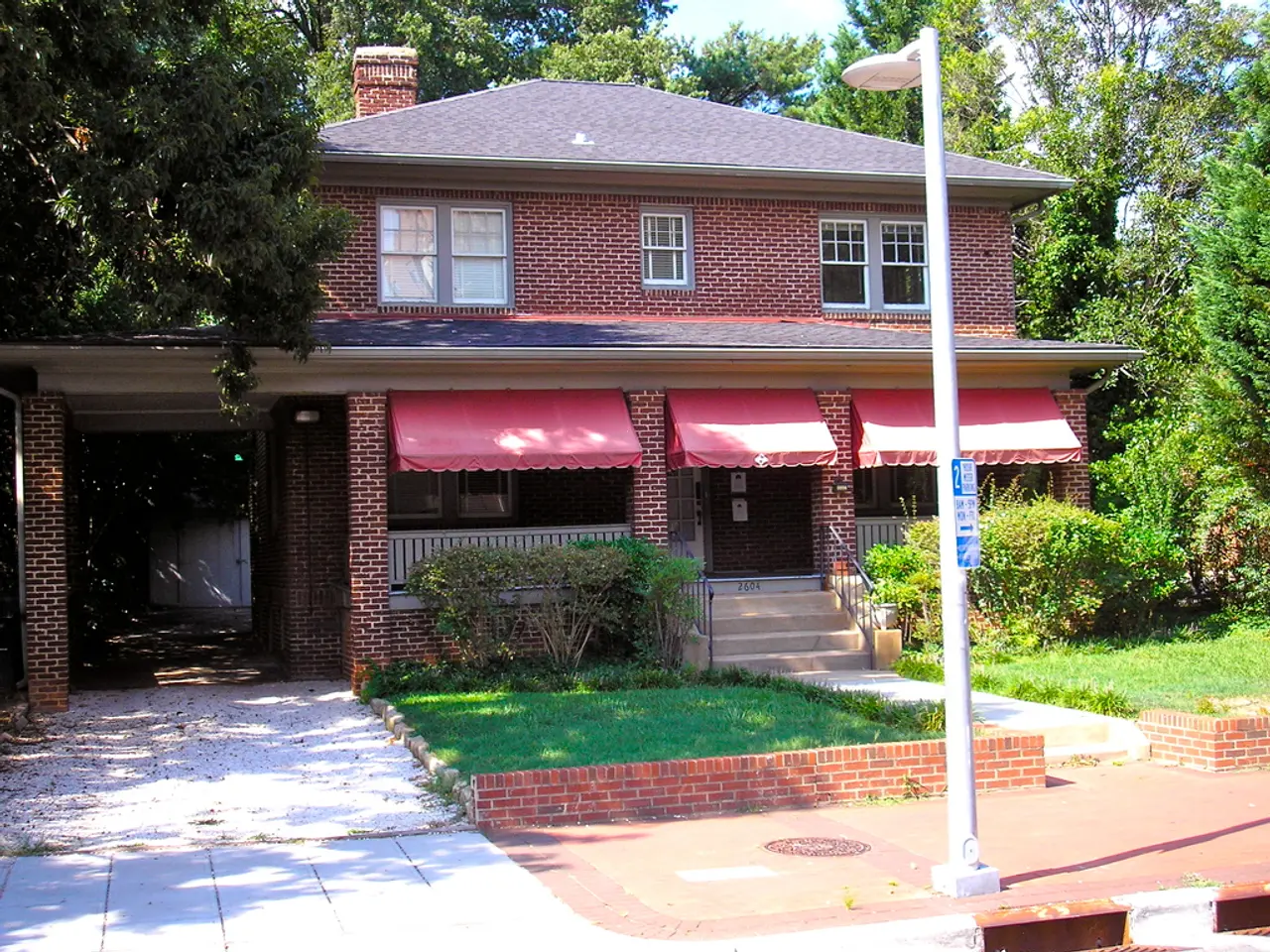House Energy Efficiency Rating: Quantifying Your Home's Energy Consumption
In Germany, more than 45% of residential buildings belong to the three worst energy efficiency classes F, G, and H, primarily consisting of unsanitized old buildings. Conversely, a balanced picture emerges with new buildings, where 71% belong to the best energy classes.
The energy efficiency class of a house indicates how high its energy consumption is for heating. Buildings are categorized into energy efficiency classes, ranging from A+ (best) to H (worst). A building in energy efficiency class A+ consumes less than 30 kWh of energy per year to heat 1 square meter of living space, while a building in energy efficiency class H consumes more than 250 kWh per year and square meter.
Around 24.5% of all residential buildings in Germany belong to the good and very good efficiency classes A+, A, B, and C. A building in energy efficiency class A may not consume more than 50 kWh of energy for heating one square meter of area. A building in energy efficiency class B consumes between 50 and 75 kWh of energy per year per square meter.
The energy efficiency class of a house is determined by calculating the energy needed to heat 1 square meter of living space for 1 year. This calculation takes into account factors such as building size, insulation, type of heating, heating efficiency, and insulating capacity of windows.
The demand certificate calculations are based on basic information about the building, such as type of heating, windows, building size, and wall thickness. The consumption certificate uses real consumption data from the last 3 years, sourced from heating cost settlements.
The costs for creating this certificate vary between 60 and 500 euros, depending on the effort and calculation method. Various programs support the construction or renovation of a climate-friendly building, including KfW funding and offers from the Federal Ministry for Economic Affairs and Export Control (BAFA). For energy-efficient new construction, there are promotional loans in the KfW program 297. The purchase of a renovated building or the complete renovation of an old building is promoted with loans through the KfW program 261.
Effective measures to improve energy efficiency include insulating the top floor ceiling, roof, and water-carrying pipes, as well as installing a modern heating system. The key point in the amendment to the Building Energy Act (GEG), also known as the Heating Act, is the replacement of oil and gas heating systems, with every newly installed heating system based on 65% renewable energies.
With program 270, KfW offers supporting loans for the purchase and installation of renewable energy systems. The energy certificate contains suggestions for cost-effective renovation measures that can help use energy more efficiently and save costs.
A revision of the EU directive on the overall energy efficiency of buildings (EPBD) is planned, possibly including a renovation obligation for existing buildings to reach energy efficiency class D by 2033. This means that buildings in energy efficiency classes F, G, and H will need to be upgraded to meet the new standards.
Those who offer a house or apartment for sale or rent are obliged to provide an energy certificate. Buyers or tenants of a property can recognize the energy class from the energy certificate, which contains all the information that describes the energy efficiency of the building. Homeowners of a property can quickly see if their building has a low or high energy consumption by categorizing it into an energy efficiency class.
In summary, understanding and improving the energy efficiency of residential buildings plays a crucial role in reducing energy consumption and promoting sustainability in Germany. The energy efficiency classes provide a useful tool for homeowners, buyers, and tenants to make informed decisions about the properties they occupy or invest in.








